Once referred to as the “Roger Federer of Tennis Publicity” by Sports Illustrated, Randy Walker is a tennis PR veteran and one of our sport’s many tireless promoters who has helped bring tennis to new audiences over his multi-decade career.
From reliving his favorite Davis Cup memories traveling with the team to offering advice on landing a career in tennis, Randy shares his valuable insight on seven tennis topics below. Before we jump into the 7-point breaker, learn more about Randy’s background.
Meet Randy Walker
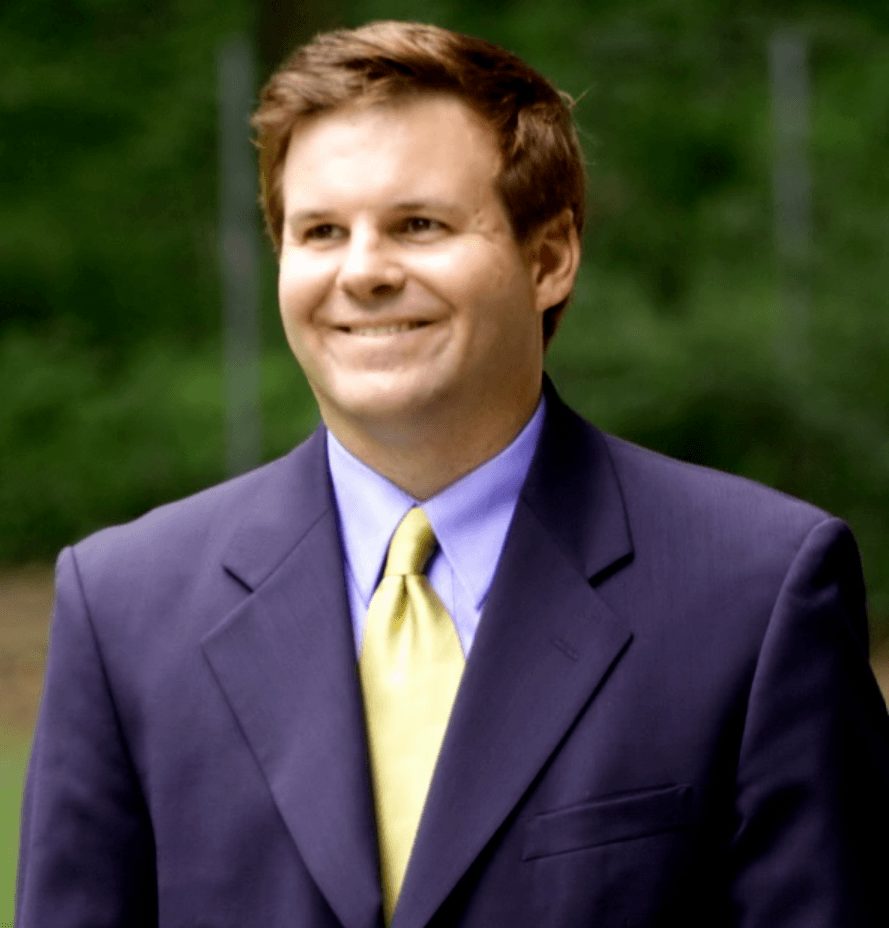
- Sports Marketing, Communications and Media Specialist
- Managing Partner of New Chapter Media
- Tournament Director for the Mardy Fish Children’s Foundation Tennis Championships, an ITF $15,000 event in Vero Beach, Fla.
- Author of “On This Day in Tennis History”
- Former press officer for U.S. Open, Davis Cup, Fed Cup, and three Olympic games
Randy’s 7-Point Breaker
1. Being the “Rudy” of UGA Tennis
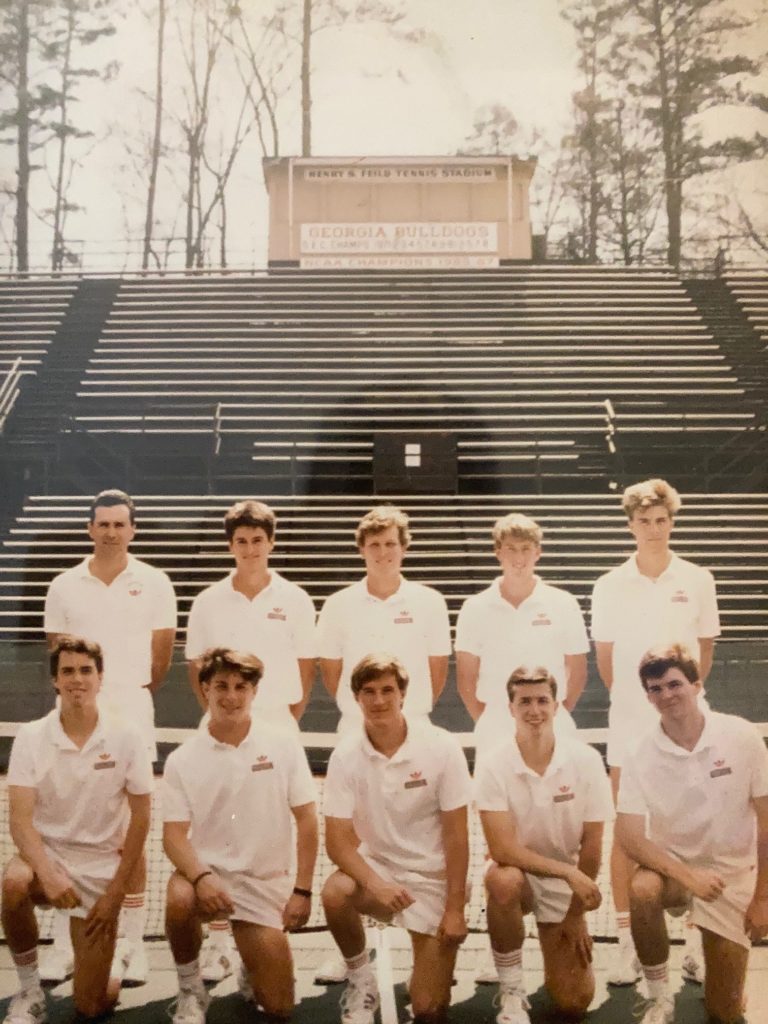
Being from Connecticut, I wanted to attend a big school outside of the Northeast. UGA has one of the most historic collegiate tennis programs in the NCAA; it’s like the “Notre Dame of Football.” Plus they have a great journalism school, a solid football program, and beautiful campus.
I didn’t know anyone and wanted to get involved on campus somehow, so I reached out to Coach Dan Magill and asked if they had a JV tennis team. He invited me to a walk-on tournament, which I ended up winning, but they weren’t taking walk-ons at the time since the team was so deep. The only reason they kept me around was because I agreed to be the manager.
Next season we had several injuries and it ended up working out where I actually got to play a few matches. I went on to finish with an 0-7 losing record at UGA, the worst tennis record in school history. I was proud to be the “Rudy” of the UGA tennis team.
The next year, we got several talented freshmen recruits and there wasn’t a spot for me anymore, so I hung up the racquets and joined the student newspaper (“Red and Black”) as a sportswriter covering tennis. This was valuable journalism experience that helped me land my first job at USTA working in the press room at the U.S. Open.
2. The Value of Unpaid Experience
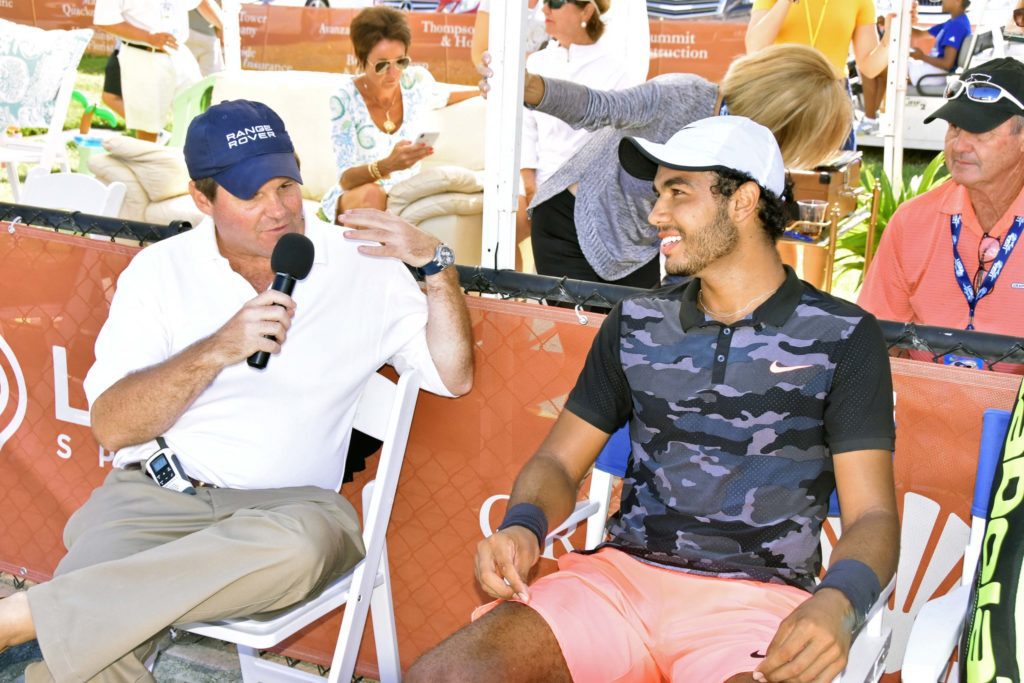
In Summer of ‘91, I interned for Gene Scott at Tennis Week Magazine. Though unpaid, it was a great launching pad to gain experience and meet people in the tennis world. His attitude was “why should I pay you if I’m giving you a summer course in journalism?”
I graduated in Fall of ‘91 and the economy was tough. I got an entry-level job working at a newspaper called the Gwinnett Daily Post. It was a great experience but I didn’t enjoy the weekend and evening hours.
I ended up quitting and doing freelance writing for the NCAA tournament and taught some tennis in the short term before landing a job with the USTA at the 1992 U.S. Open. It was then when I began building my career in public relations for the next 13 years… all because of the unpaid experience and relationships I built early on.
3. Tennis Media’s Turning Tides
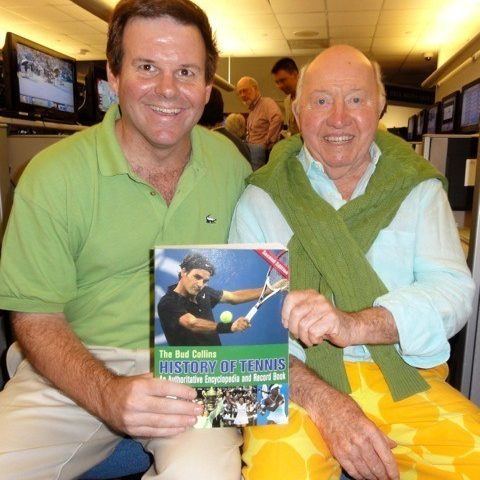
When I first started working for the USTA in 1992, it was the last U.S. Open for Jimmy Connors and John McEnroe. You saw rows of beat writers from daily American newspapers around the country covering the U.S. Open. Fast forward to 2005 when I left, and there were probably 10 percent of those outlets in the press room.
The media landscape was beginning to make a dramatic shift. While you were starting to see much less space for tennis in traditional newspapers, you also saw the rise of tennis blogs and social media. The sport was also becoming much more global, which has now attracted a considerable amount of foreign journalists.
The level of access to players has changed as well. In 1992, press rooms were reserved for the big stars and that was it. Now you have many options to interview players of all calibers.
Today, anyone can also be their own journalist through social media, tennis blogs, or podcasts. I particularly enjoy the expanded format and relaxed atmosphere of podcasts. It’s a great platform for storytelling.
4. American Tennis: Now and Then
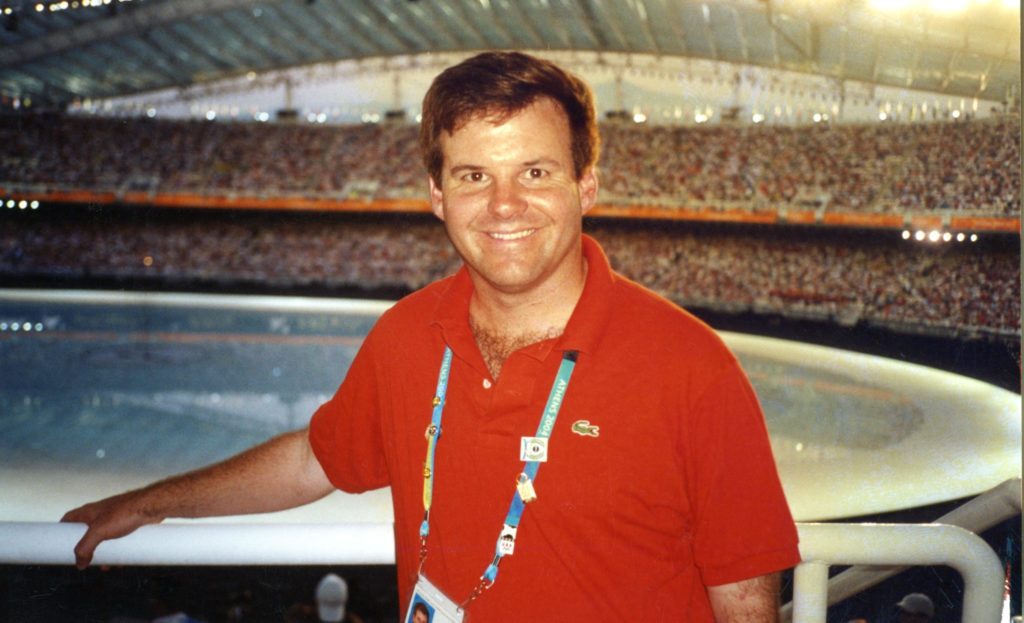
It was a privilege to work with so many legendary players during a Golden Era of American tennis between 1992 and 2005. I came in on the heels of McEnroe and Connors’ careers and then they passed the torch to Sampras, Agassi, Courier, Chang, and eventually The Bryan Brothers and Andy Roddick. We had a completely stacked field of American women in the 90s and early 2000s with Monica Seles, Jennifer Capriati, Lindsay Davenport, and The Williams Sisters all at the top of the game throughout that period.
“Americans like winners, and having another American major winner can really impact our sport. We’re still waiting for that next player to break through.”
Since then, Serena has become a complete global superstar unlike any other female athlete in the history of sports. Today, you could say the men are struggling but it’s also based on expectations. Historically, Americans have dominated men’s tennis, yet now we haven’t had a grand slam champion since Andy Roddick won the U.S. Open in 2003. When Roddick won the title, he was immediately vaulted into superstar status.
Americans like winners, and having another major winner can really impact our sport. We’re still waiting for that player to break through. Tennis has become much more global over the past two decades. American fans embrace Roger, Rafa, and Novak the way we did with Connors, McEnroe, and Evert back then.
It will be interesting to see what happens when The Big 3 and Serena retire. With champions more frequently coming from smaller countries like Simona Halep (Romania) and Iga Swiatek (Poland), it is hard to imagine one country dominating men’s or women’s tennis anymore like we’ve seen with the U.S. historically.
5. Davis Cup Nostalgia
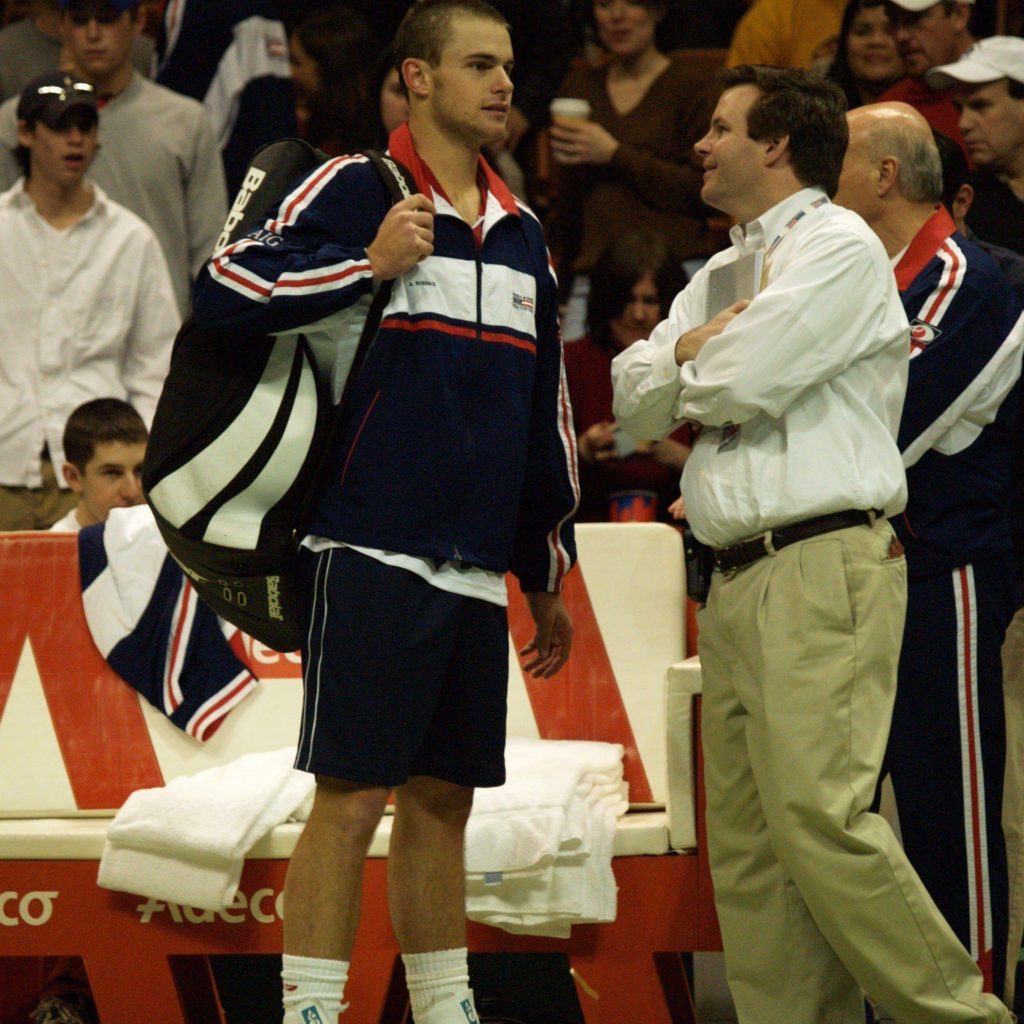
Being part of Davis Cup was absolutely one of my greatest memories in my life and career, especially the away ties. The home and away aspect was unlike anything else we had in tennis. There were so many good stories over the years – from playing indoors under a tin roof in Zimbabwe with a monsoon pouring outside to fighting through a record crowd of over 25,000 fans in an outside soccer stadium in Sevilla, Spain in the Davis Cup final.
Davis Cup tennis was the ultimate event for storytelling because anything can happen. Even if you have the best players on your team, it’s never a guaranteed win. You can often see unknown players outside the top 100 zone and pull out huge victories when they’re playing for their country in front of a packed home crowd.
“Davis Cup was the ultimate event for storytelling because anything can happen. Even if you have the best players on your team, it’s never a guaranteed win.”
I remember Sampras playing his first Davis Cup tie in 1991 in France and losing two singles matches. In 2000, we had a stacked team with Sampras/Agassi and McEnroe as the captain and barely scraped by against The Czech Republic 3-2 at the Los Angeles Forum. Even if you look better on paper, you can never underestimate any Davis Cup opponent.
6. New Davis Cup Format
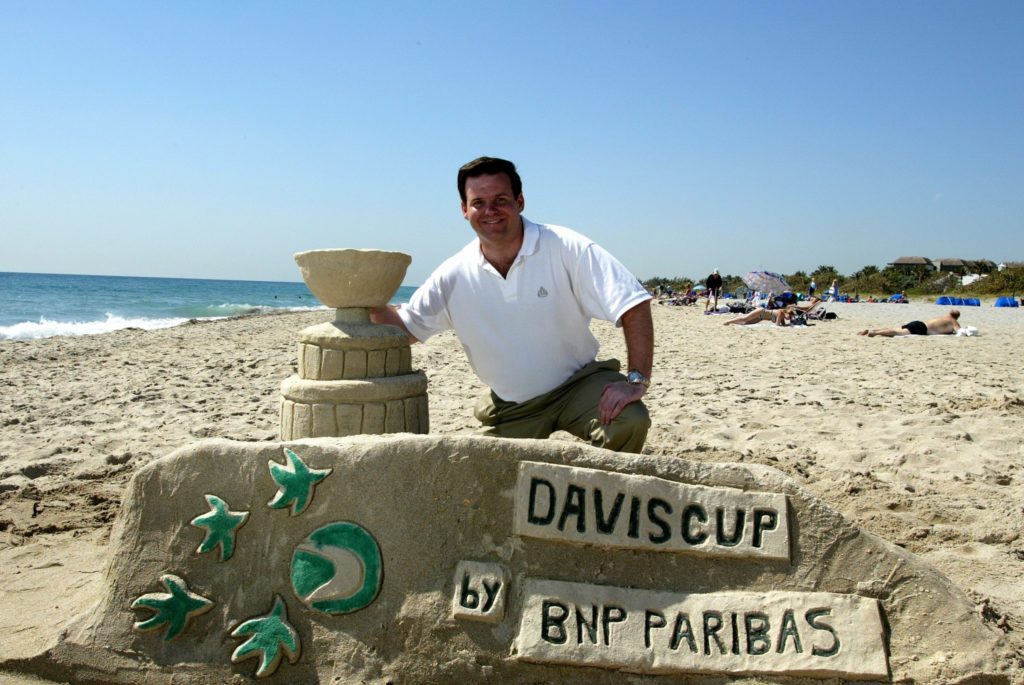
I agree that changes needed to be made to the existing format, but in my opinion the calendar was the biggest flaw. Ties were spread out through the year and typically played one or two weeks after a major. Many times you wouldn’t have the same teams from match to match so there was a lack of consistency and momentum with each tie.
It was a major scheduling commitment for the top players. If you’re a top player, you aren’t going to fly across the world to play a match on a different surface after winning a slam the week before. Boris Becker said it best… “Mentally it takes one week to prepare, one week to play, and one week to get over it.”
As far as the new format goes, I don’t like having eight teams and six round robin groups of three. How can you determine who advances? The U.S. tie in Italy last year was a complete disaster in my opinion.
They had no idea what they needed to do to advance to the next round because it came down to counting games and sets. I hope they learn from last year’s mistakes because there were a lot of them. They should change it to 16 teams with four groups of four.
I love Davis Cup and want to see it succeed in this new format but saddened that it changed. The jury is still out; maybe we’ll be able to improve this new format. Right now it feels like we took away something very special in tennis.
7. Tennis Career Tips
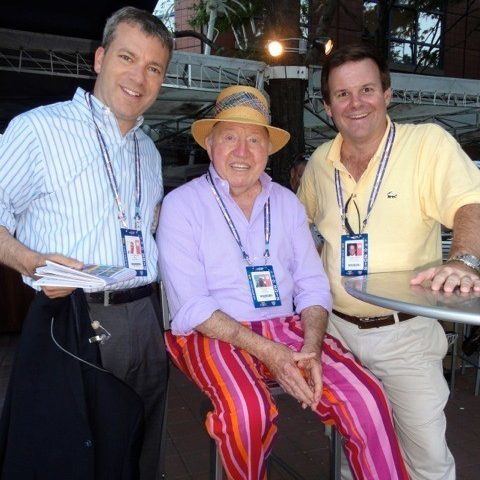
Do whatever it takes to get your foot in the door, meet people, and put your name out there. Be consistent and professional so you can start building a strong following and reputation.
Write a blog or start a podcast. Volunteer to work at a tournament or in the press room and you’ll get the opportunity to meet journalists, PR professionals, coaches, players, tournament officials, and many others who play a big role in our sport.
It’s great to see many people who I’ve been able to help over the years – like Blair Henley and Nick McCarvel – make successful careers out of tennis. That was why I started World Tennis Magazine and other blogs to give up-and-coming tennis writers a chance to have their own voice.
Whatever field you’re in, make sure you love the work you are doing. Don’t do it for the money.
“Do whatever it takes to get your foot in the door, meet people, and get your name out there. Be consistent and professional so you can start building a strong following and reputation.”
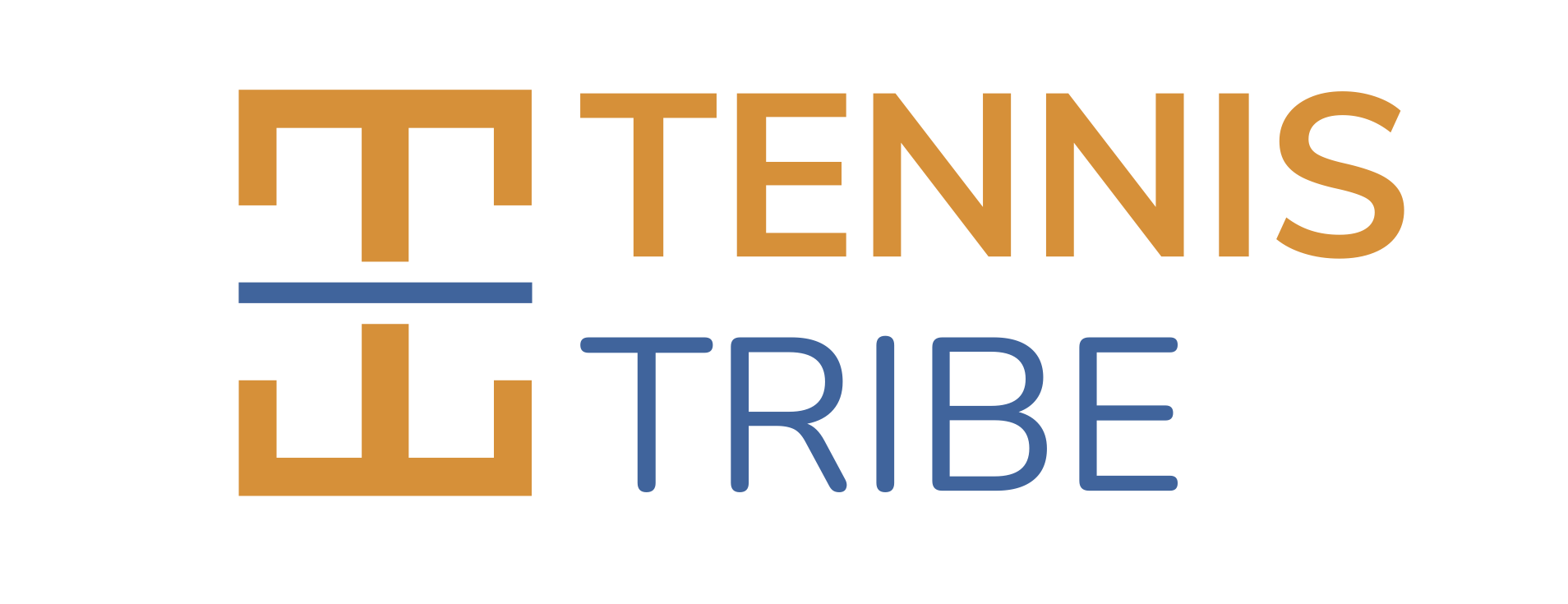
Leave a Reply